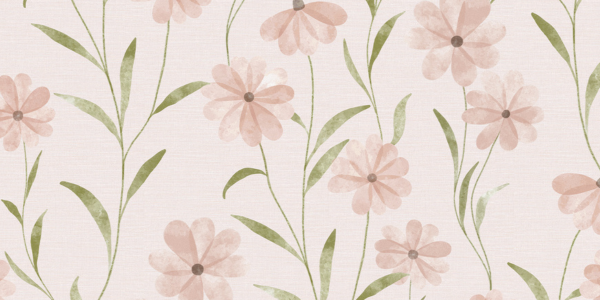Should I Sand My Wall Before Peel and Stick Wallpaper? Here’s When (and When Not) to Do It

Quick Take:
-
🧼 A clean, smooth surface = strong adhesion
-
✋ Not all walls need sanding—but some absolutely do
-
🧽 Start with cleaning, then assess texture
-
🔨 Light sanding helps prevent bubbles and peeling
-
💡 Jiffdiff wallpapers stick best to smooth, sealed surfaces
Introduction:
You’ve found the perfect wallpaper pattern—now it’s time to stick it on and admire your DIY brilliance. But wait... your wall feels just a little rough, maybe a touch bumpy. Do you need to sand it first? 🤔 The short answer: sometimes, yes. In this post, we’ll break down exactly when you should sand, what kind of surfaces need extra prep, and how to make sure your wallpaper sticks beautifully—and stays put.
Why Wall Prep Matters for Peel and Stick Wallpaper
Peel and stick wallpaper is only as strong as the surface it clings to. Dust, texture, grease, or flaking paint can all interfere with adhesion, leading to bubbles, corners peeling, or the whole panel falling off mid-week. To get that smooth, long-lasting finish you see in home makeover shows, prep is everything.
When You Should Sand Your Wall:
✅ Textured Walls (Orange Peel, Knockdown, Popcorn):
If your wall has visible texture, light sanding will help flatten the surface. It doesn’t need to be baby-smooth—just reduce the roughness so the adhesive can grip evenly.
✅ Old Paint Jobs or Glossy Finishes:
Shiny, oil-based, or decades-old paint can resist adhesive. A light sanding helps dull the sheen and gives the wallpaper something to hold onto.
✅ Minor Wall Imperfections:
Dents, patchy filler, or tiny ridges? Sanding evens them out for a cleaner result.
When You Don't Need to Sand:
❌ Newly Painted, Smooth Walls:
If the wall is smooth, clean, and painted with matte or eggshell finish, you're good to go. Just be sure the paint has cured fully (usually 3-4 weeks).
❌ Glass, Wood, or Tile Surfaces:
Jiffdiff wallpapers are designed for non-porous surfaces too. No sanding required—just clean thoroughly with alcohol or soap and water.
How to Sand (Without Making a Mess):
-
🧽 Clean First: Wipe down the wall to remove dust, grease, and debris.
-
🪵 Light Sanding: Use a fine-grit (220) sanding block. No need to strip the wall—just smooth it.
-
💨 Dust Off Again: Use a microfiber cloth or vacuum attachment to remove all dust.
-
🎯 Optional Primer: For stubborn spots or patchy walls, a quick layer of primer helps level and seal.
FAQs:
Q: Can I apply wallpaper directly to textured walls?
You can, but expect less-than-perfect results. Sanding helps the wallpaper lay flatter and last longer.
Q: What happens if I skip sanding on a rough wall?
Expect bubbles, loose edges, and early peeling. The adhesive needs contact with a flat surface.
Q: Will sanding damage my wall?
Not if done gently. You're not stripping layers—just smoothing high spots.
Q: Do I need to sand glossy kitchen backsplashes?
Yes, lightly. Or degrease well and test a small section first.
Conclusion:
Sanding might sound like a chore, but it’s the secret behind wallpaper that looks seamless and stays flawless. If your wall is textured, shiny, or imperfect—a quick sand can make all the difference. Jiffdiff’s premium wallpapers are designed for easy application, but they perform best on smooth, sealed surfaces. So take 15 minutes to prep—it’s the easiest way to guarantee results that stick.
Call to Action:
🛠 Prepped and ready?
Explore Jiffdiff’s full range of peel and stick wallpapers, made for DIY success and beautiful results—every time.
👉 Shop now at www.jiffdiff.com
